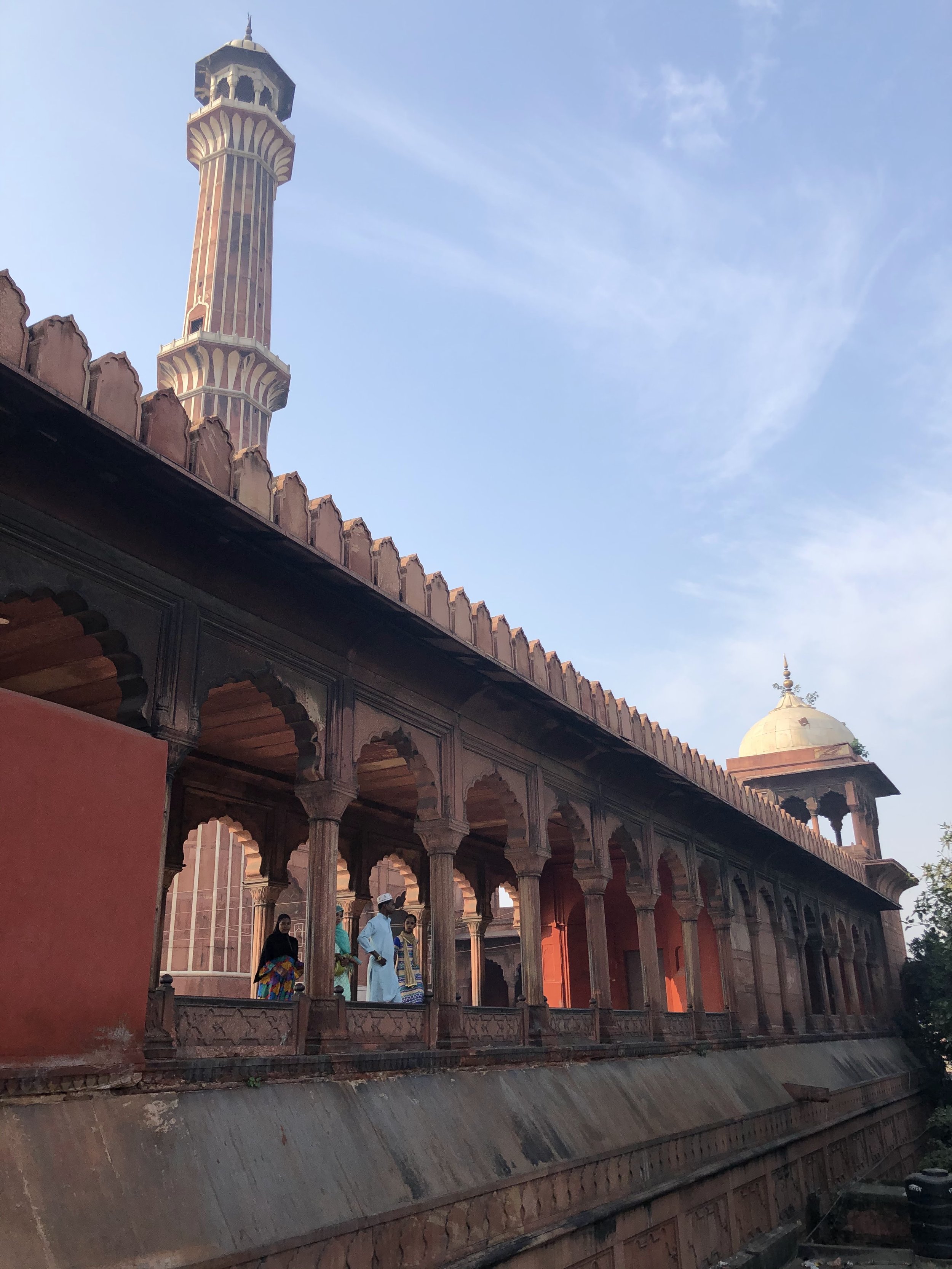A Guide to India’s Golden Triangle
What is the Golden Triangle?
Are you ready for a royal adventure in India? Look no further, the Golden Triangle is here to sweep you off your feet! The Golden Triangle is a tour circuit that connects the three iconic cities of Delhi, Agra, and Jaipur. So pack your bags, grab your cameras, and join us on a fun-filled tour of India's Golden Triangle. Trust us, it's a trip you'll never forget!
Day 1: Exploring the Capital City of Delhi
You are going to start your day by heading to the Red Fort. Also known as the Lahori Gate, it is a 17th century fort complex built by the Mughal Emperor Shah Jahan. It is considered to be one of the most important symbols of India's independence.
Next, make your way to the Jama Masjid (one of the largest mosques in India). It was built in the 17th century by the Mughal Emperor Shah Jahan and is known for its elegant architecture and beautiful courtyards. Visitors are welcome to explore the mosque and its grounds, though they are expected to dress modestly and remove their shoes before entering. (They will often provide a gown if you prefer to put that over your clothes at the entrance of the mosque).
End your day by exploring Chandni Chowk, a bright and bustling marketplace. It is one of the oldest and busiest markets in the city, known for its narrow, winding lanes, vibrant street food, and vibrant street life. The street vendors will be calling to you to come into their shops so be wary and alert of pickpocketing as well.
Day 2: Cultural and Historic Immersion in Delhi
Start your day with a visit to the India Gate. India Gate is a war memorial located in the heart of the city, and is considered one of Delhi's most iconic landmarks. The area around India Gate is also a hub of activity, with street vendors and food stalls, making it an ideal spot for a leisurely stroll.
Make your way to the Qutab Minar, a UNESCO World Heritage Site featuring this magnificent tower. The tower is made of red sandstone and marble and is known for its intricate carvings and calligraphy.
End your day by visiting the famous Aksharadam Temple, one of the largest hindu temples in the world. Be sure to plan your visit around sunset time so you are able to see and admire the intracicies of the temple in daylight but also be there for the beautiful light show. Visitors can also enjoy cultural performances, boat rides, and interactive exhibits showcasing the heritage and values of Hinduism.
Day 3: The Taj Mahal and Agra Fort
I recommend starting your day early, as the Taj Mahal gets crowded very quickly. As one of the seven wonders of the world, the Taj Mahal, is a stunning mausoleum that does not disappoint. The white marble structure is widely considered one of the world's greatest works of architecture and is a UNESCO World Heritage Site. It is highly recommended that you find a guide to walk you through, they are highly informative and can aid through the busy lines. I would budget 3 hours to fully explore the area.
After you stop and have an afternoon snack in the area, make your way to the Agra Fort. The Agra Fort is a historic fort located on the right bank of the Yamuna River. The fort is made of red sandstone and is a testament to the Mughal architectural style, which blends elements of Indian, Persian, and Islamic styles.
Day 4: The Majestic Pink City of Jaipur
As you make your way to Jaipur, make sure to visit the famous Fatehpur Sikri. Fatehpur Sikri is an abandoned city that is known for its well-preserved Mughal architectural style. This area is closed on Fridays and only open from sunrise to sunset so be sure to plan accordingly!
The star of this day is going to be your journey through Jaipur (the capital of the Rajasthan city). Start off with a visit to the Hawa Mahal, also known as the Palace of Winds. It is a stunning five-story palace that was built for the women of the royal family to watch street processions and everyday life in the city.
I would recommend spending about 2-3 hours in the Amer Fort. The fort was originally built in the 16th century and has a mix of Hindu and Muslim architectural styles. You can explore the fort's stunning halls, courtyards, and gardens, as well as see the iconic Sheesh Mahal, a palace made entirely of mirrors.
Optional: End your day (around sunset time) with a visit to the City Palace. You can see the palace's intricate carvings and beautiful courtyards (it is especially beautiful during golden hour)!











